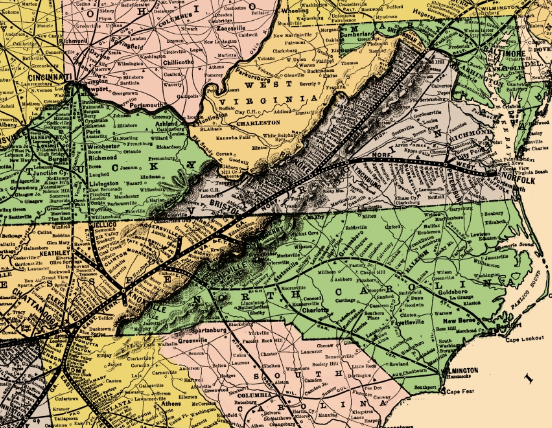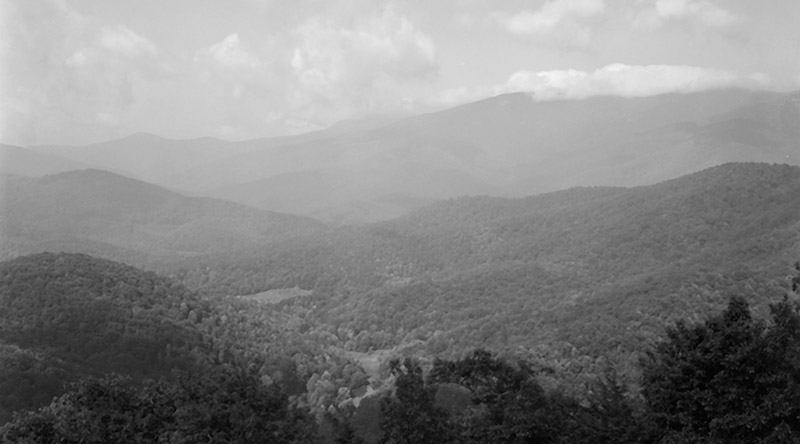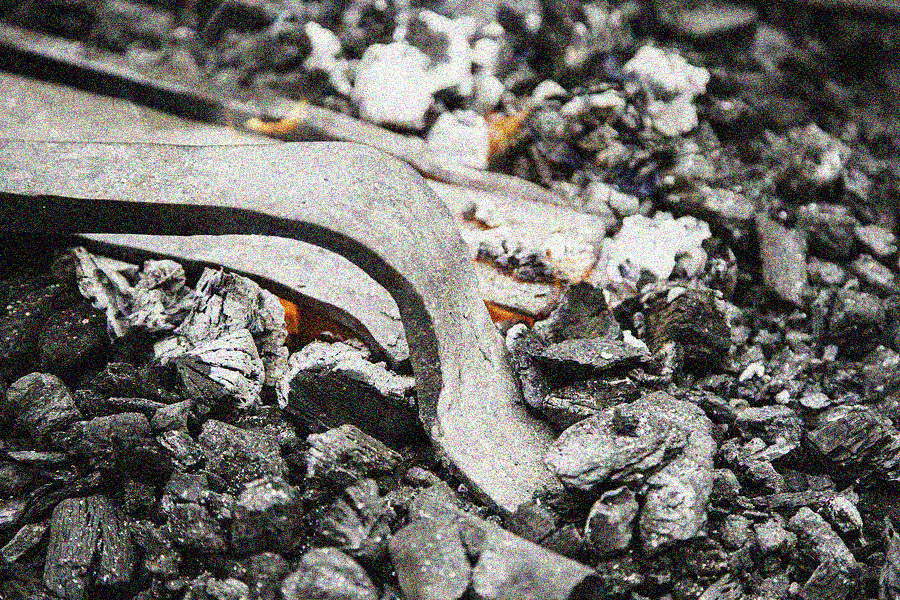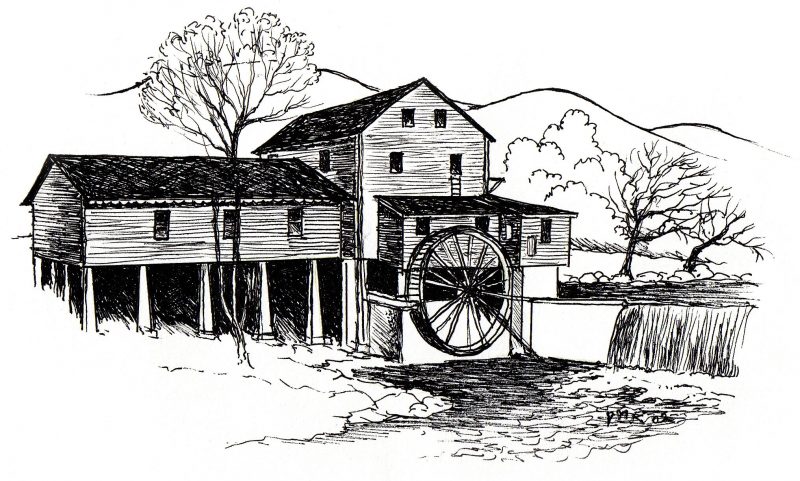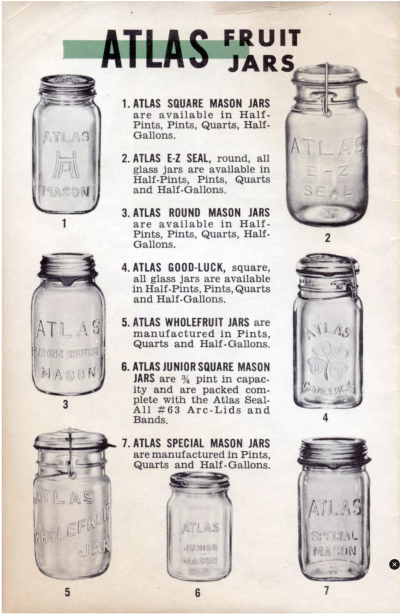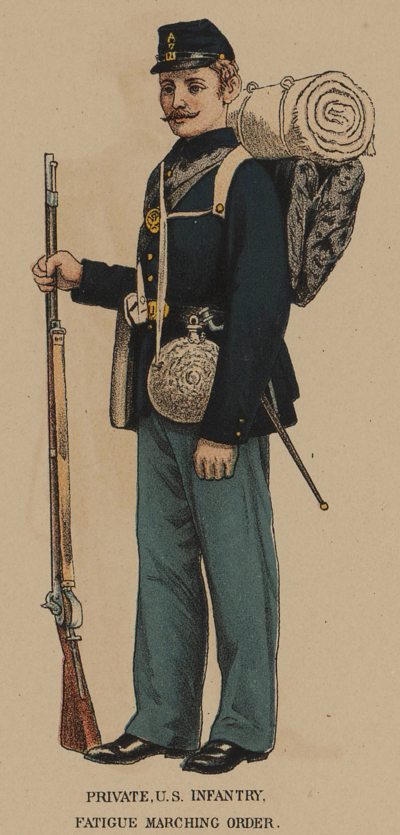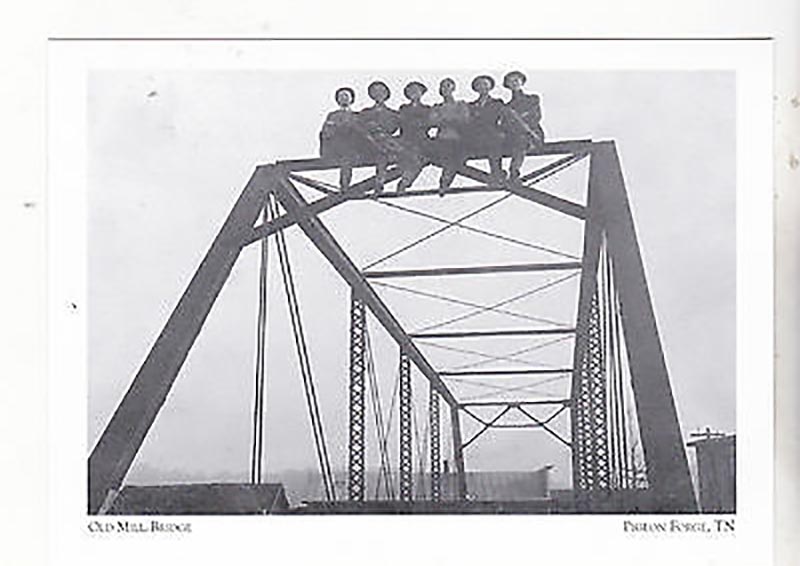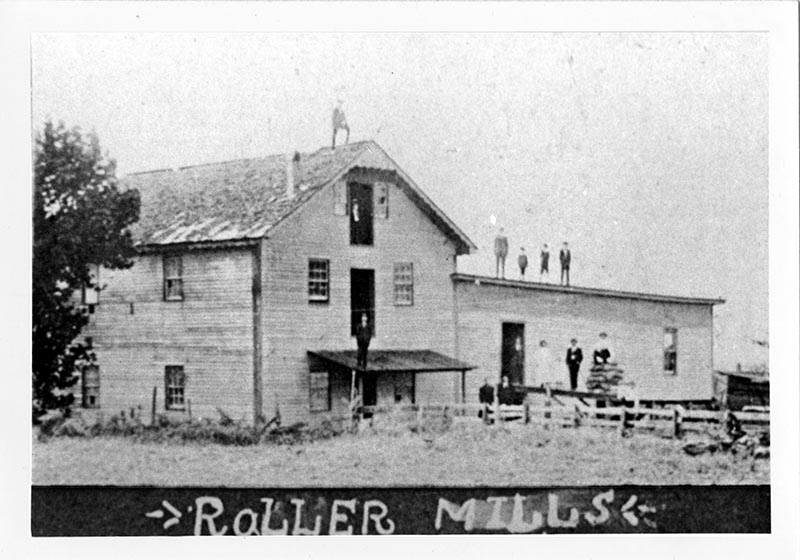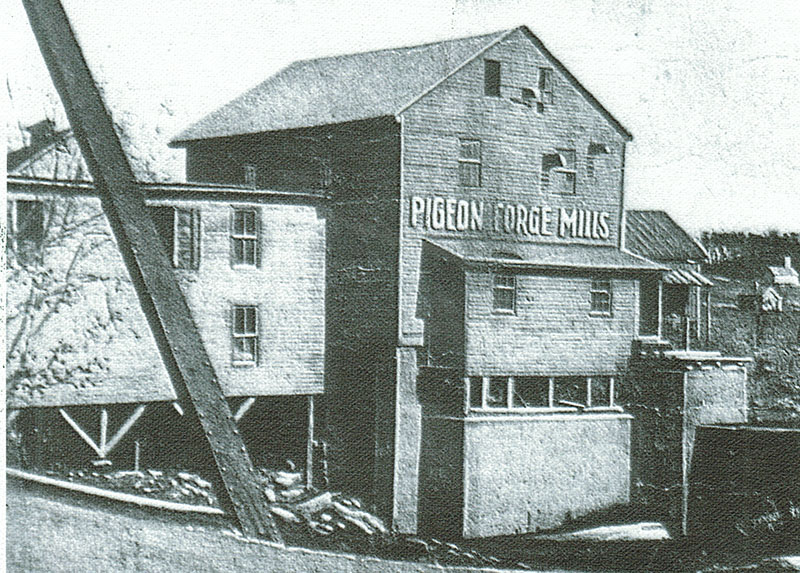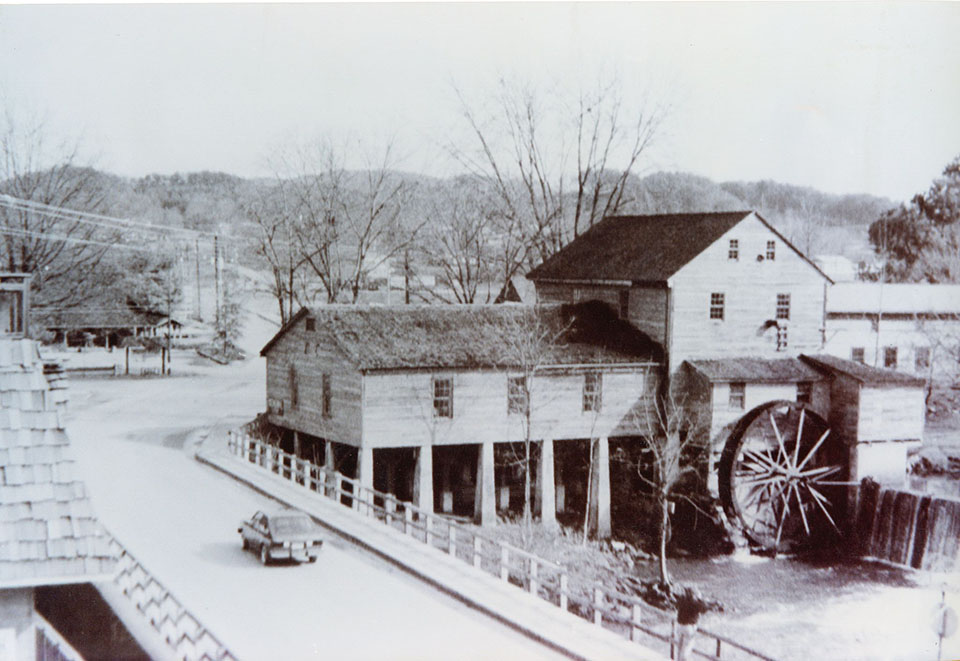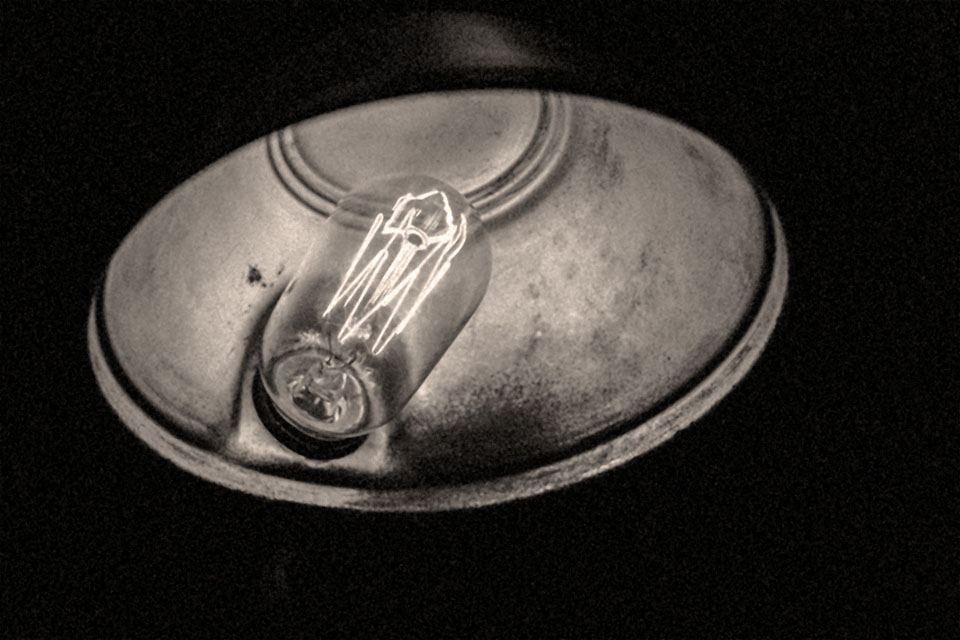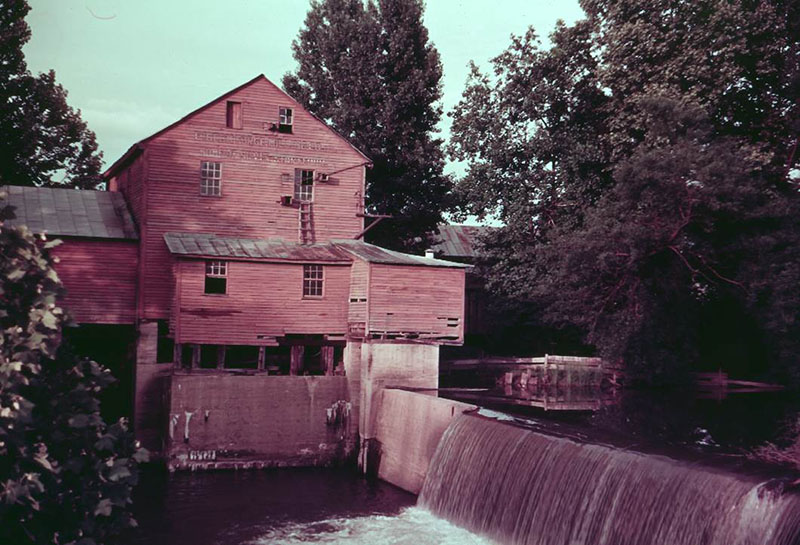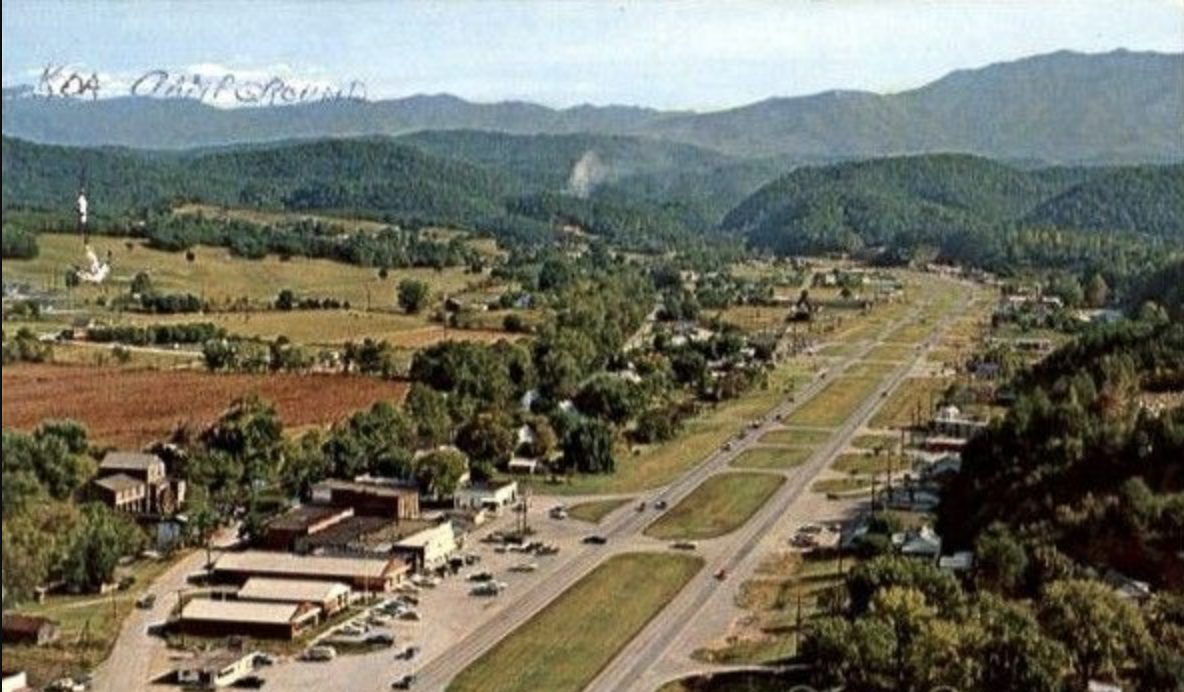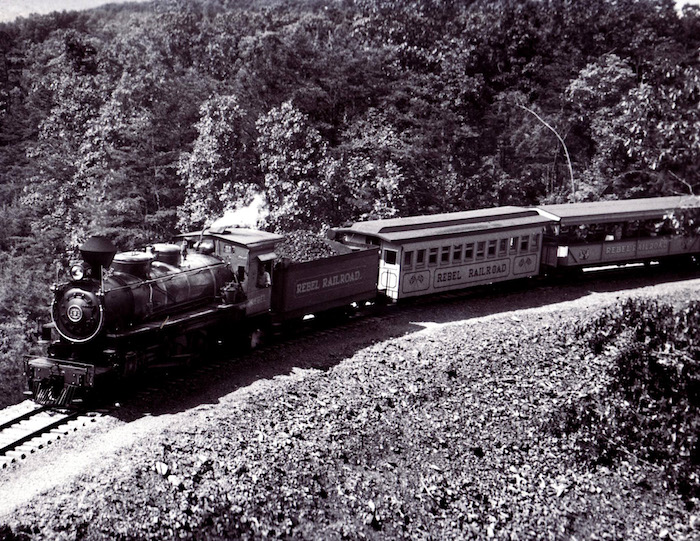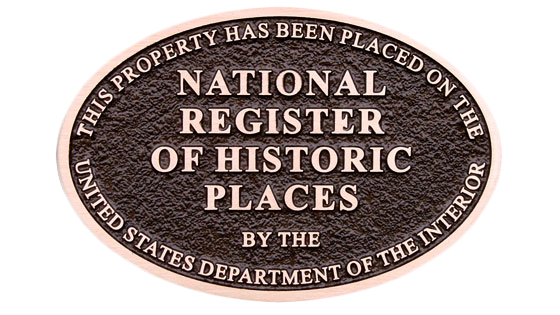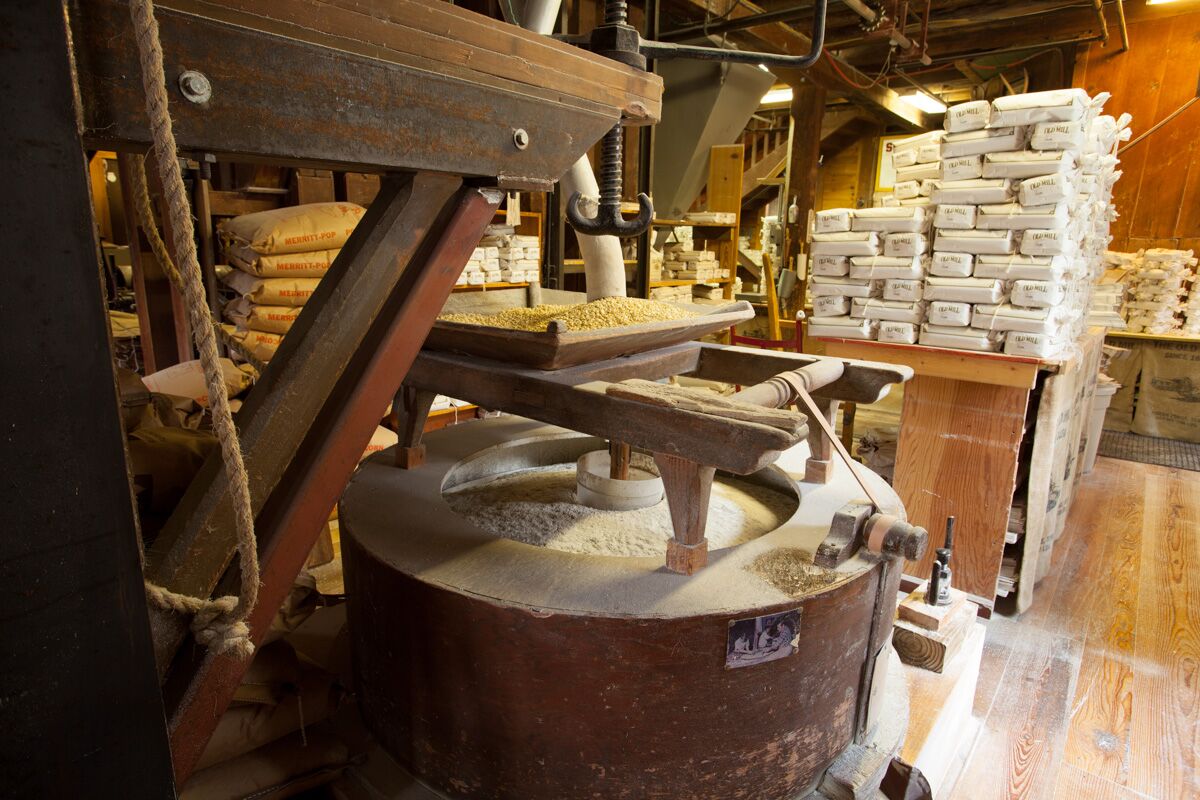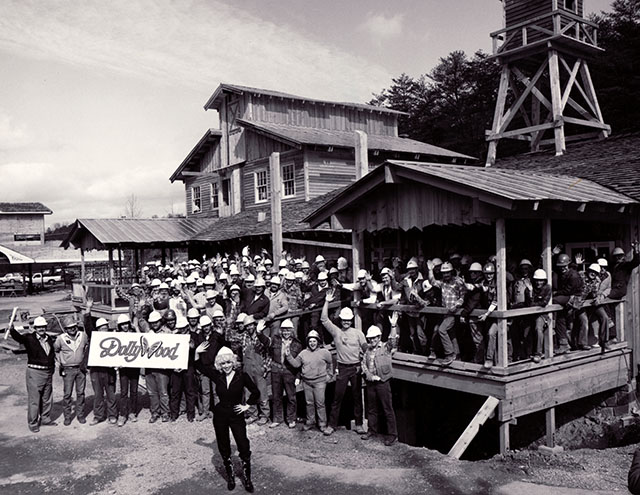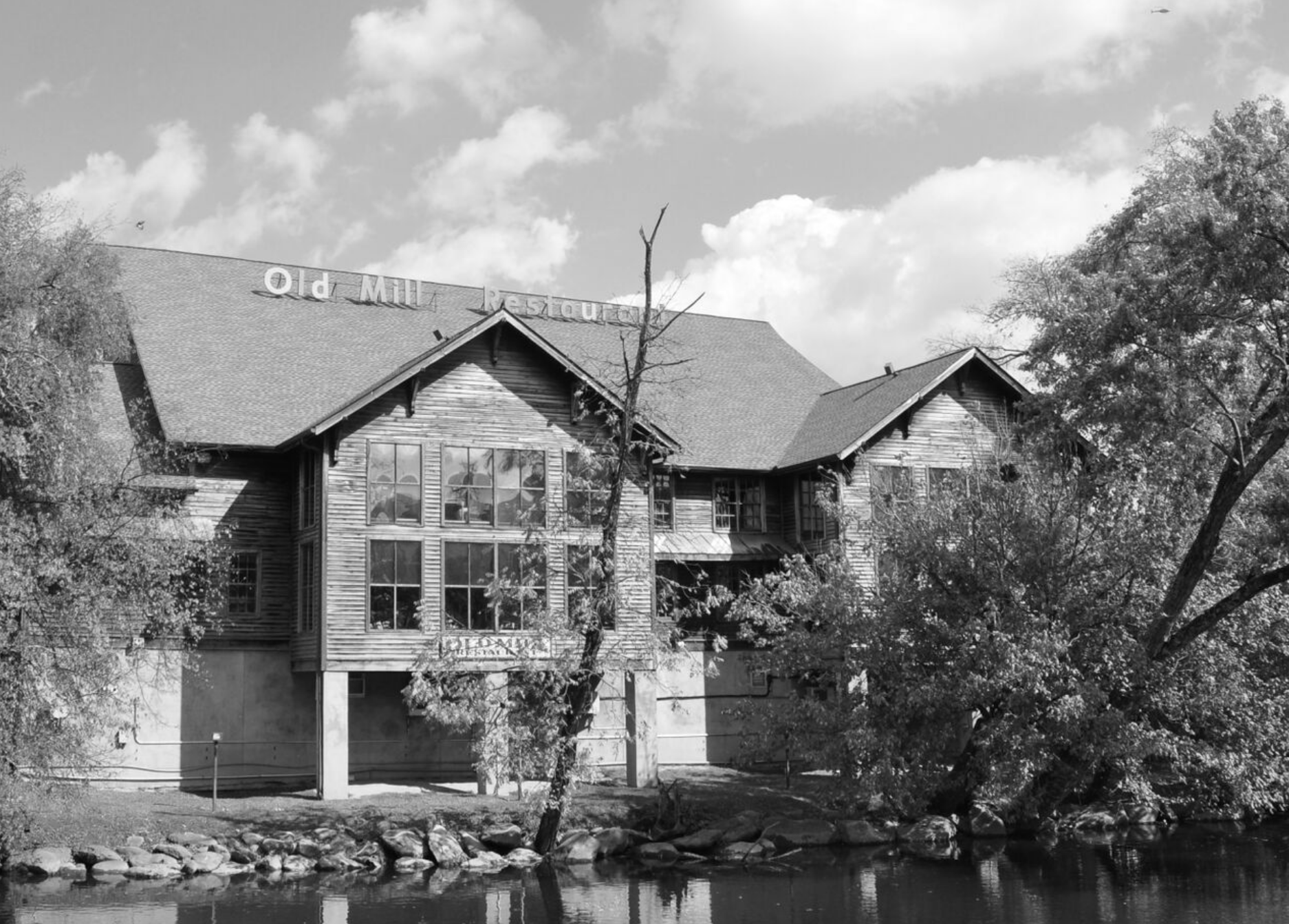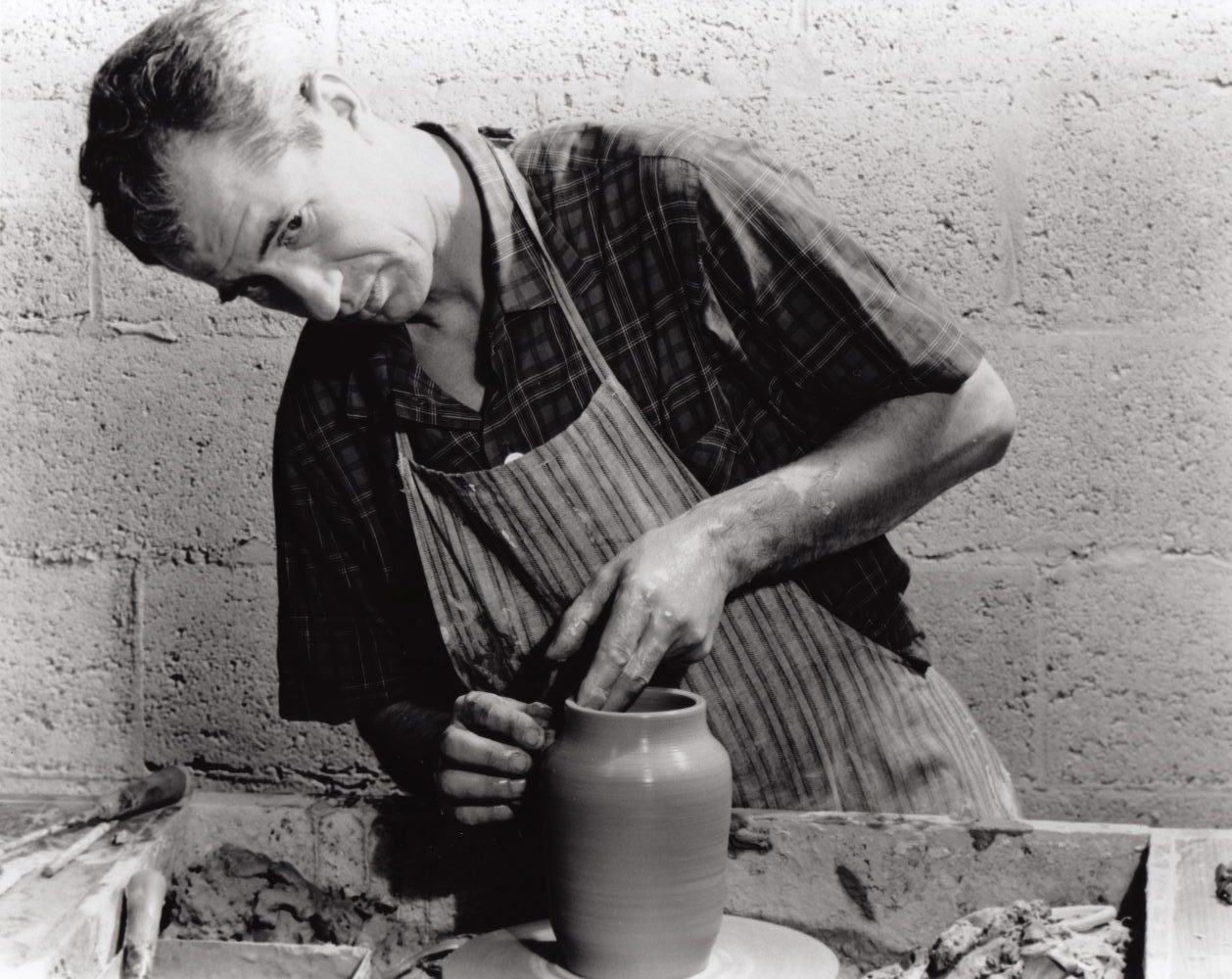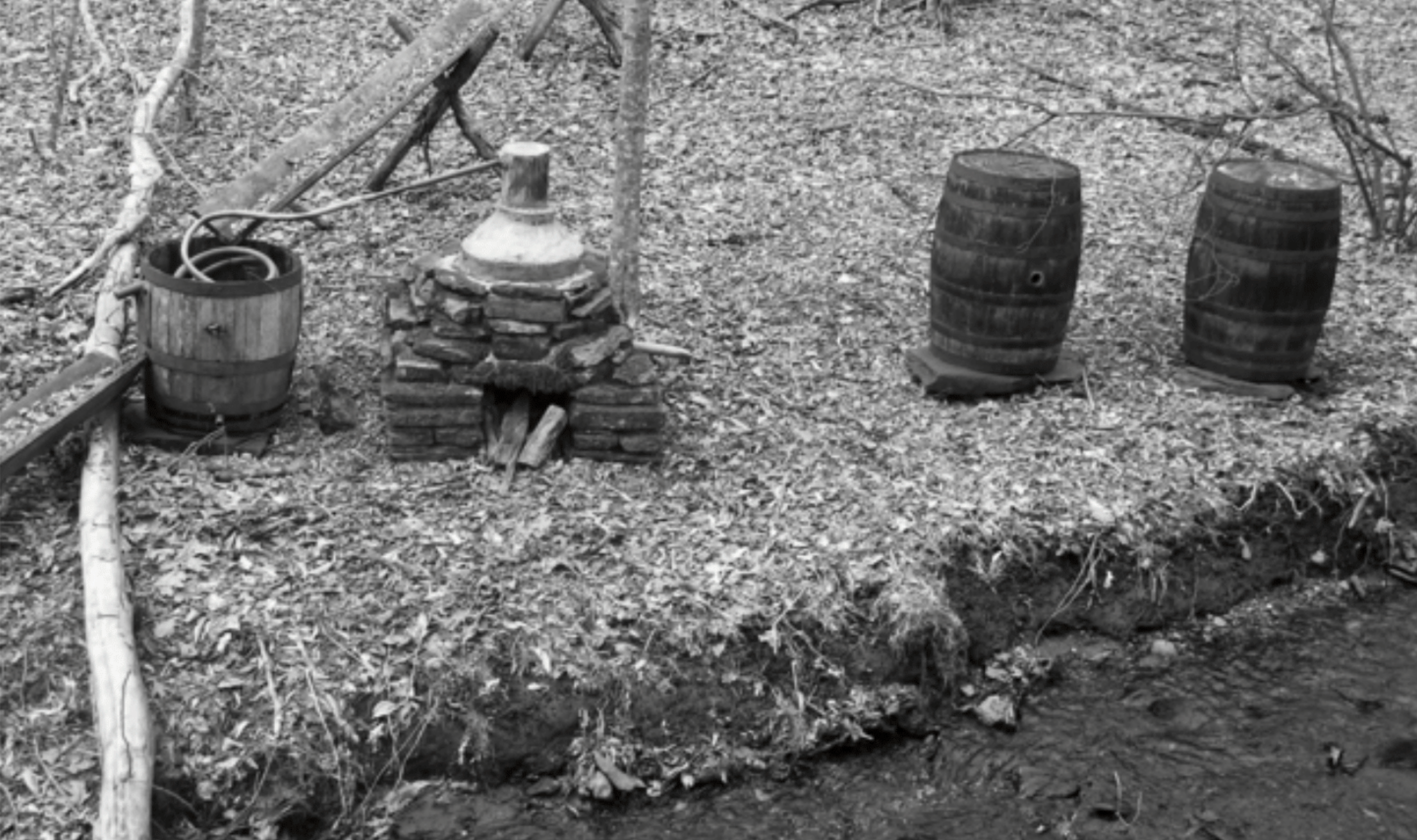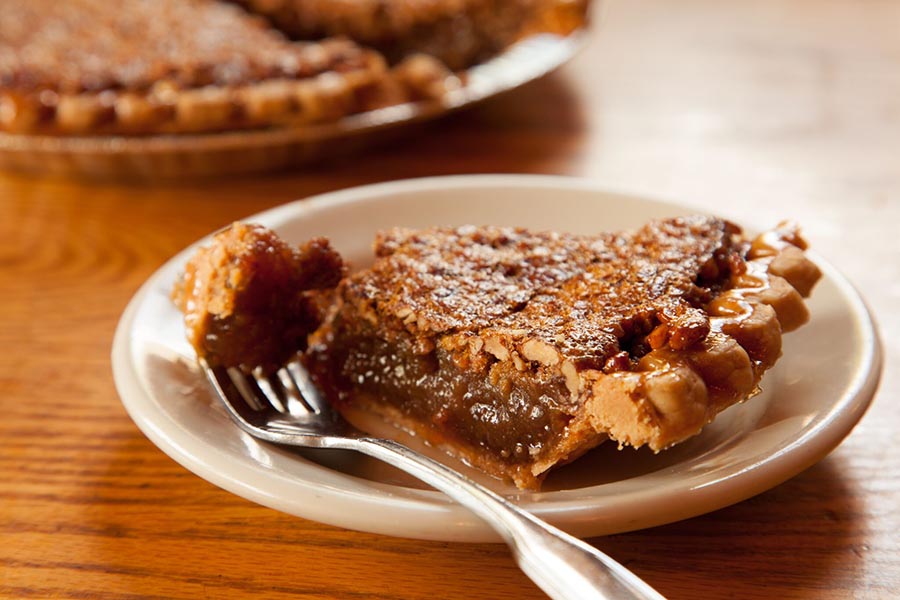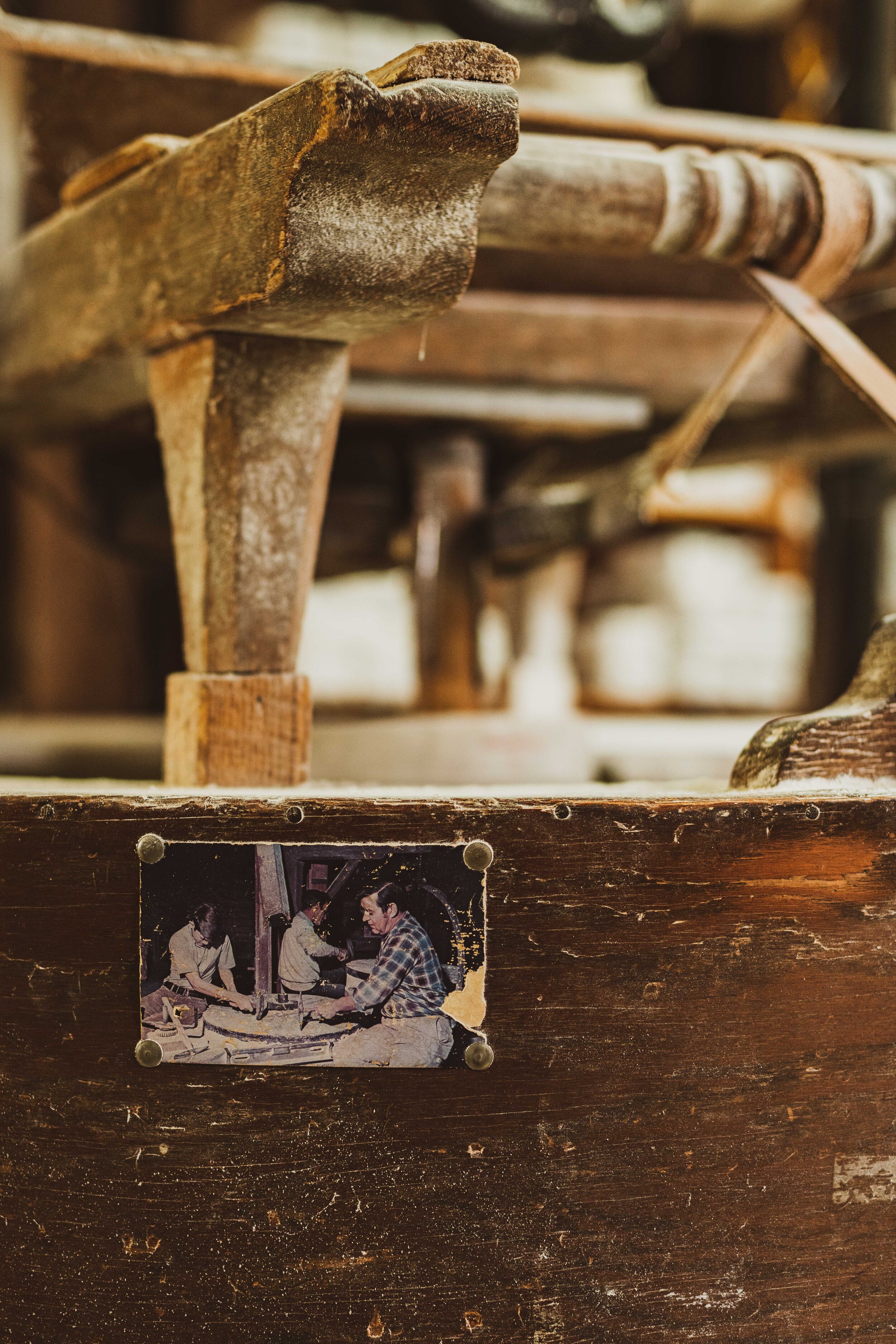
Our History
Millstones & Milestones
The Old Mill’s story began nearly two centuries ago when local farmers with sacks of grain traveled to the newly built gristmill along the Little Pigeon River. Those trips to the mill resulted in meal and flour for cooking, and they also were opportunities to socialize and build community. In time, our town of Pigeon Forge was born.
Today, the Old Mill is one of the oldest continually operating gristmills in the country and one of the most photographed mills in America. We invite you to look through our unique history.

Our Story Through The Centuries
“1786
A westward-moving settler, Mordecai Lewis, leaves Virginia’s Shenandoah Valley and settles in East Tennessee. John Sevier, the first governor of Tennessee, encouraged Virginians such as Lewis to come to this area following the Revolutionary War. In 1794, he was appointed Coroner of Sevier County as well as a Justice of the Peace.”
“1807
Lewis makes his home along what we now know as the Little Pigeon River after receiving a land grant from Governor Blount, where he acquired a total of 151 acres along the river. His grandson would later build and operate the first gristmill.”
“1817
Issac Love, the son-in-law of Mordecai Lewis, inherits the land after Lewis’s death and builds an iron forge along the west branch of the river. It was a logical setting for a forge. Iron ore was found in the hills, timber could be burned to create charcoal to fuel the fires, and the river was a source of unending power for the large hammer. Seeing the glow from distant hills and ridges, locals would say “The fires of hell could not burn brighter or hotter.””
“1830
Issac Love’s son, William, and brothers build the Lewis Mill, named after their grandfather, to grind corn. Their craftsmanship included materials such as Tulip poplar (now the state tree of Tennessee), heart of pine, and hemlock, which is naturally impervious to decay.”
“1841
William Love is appointed postmaster, and the first post office is located inside the mill. The community “Pigeon Forge” was born, named by Love after the passenger pigeons that would roost in the trees along the river during their southern migration and his father’s iron forge.
”
“1858
The Mason jar is invented and with its metal screw on lid transforms the way the home cook can store and preserve food. The jars are easy to use and reusable. They become a favorite with the local moonshiners, too!
”
“1859
John Sevier Trotter becomes the second owner of the mill and iron forge and adds a saw mill to his operation. He mills the lumber for a new, narrow covered bridge known as Trotter’s Ford that crosses the Little Pigeon River by the mill. Seven bridges would be built throughout the county.”
“1861
The Civil War begins. Tennessee is the last state to secede from the Union. East Tennessee, in particular, was split between the Union and Confederacy. The mill owner, John Trotter, was a Unionist, and on the second floor of his mill, he sets up secret knitting looms to produce clothing for Union soldiers based in the Gatlinburg area. There was also a makeshift hospital on the third floor. The Old Mill is listed on the Civil War Trail of Tennessee.”
“1875
Mother Nature in the form of a flash flood damages the mill by washing the water wheel down river and destroys Trotter’s bridge. The community responds by building a new steel bridge in its place.”
“1889
The mill adds a water turbine to turn the stones and provide more power because of increased production. Roller mills are soon added to grind wheat into flour.”
“1915
The Pigeon Forge Milling Company, as it is now called, grinds wheat into Silver Star, Dixie Bell, and Lily of the Valley flour. They continue to grind cornmeal.”
“1920
Mother Nature wins again when another flood takes the water wheel again and destroys the steel bridge built in 1875. The next replacement is a one-lane concrete bridge. The bridge was later widened in the 1960s.”
“1921
Let there be light! Through Pigeon Forge Power & Light, the mill begins producing electricity for the community. Not until 1933 did electricity flow to Pigeon Forge from the city of Sevierville.”
“1929
The Great Depression affects businesses nationwide. The mill falls into the hands of the Bank of Sevierville and 6 months later is bought by Fred Stout in 1933. The Stout family would be the longest owners of the mill, for 62 years, passing it on to their daughter, Kathy Stout Simmons.”
“1940
President Franklin D. Roosevelt dedicates the Great Smoky Mountains National Park at Newfound Gap, the mountain pass located in the center of the park and the name of the road that runs through the park today in both Tennessee and North Carolina. Tourism really starts to take off for the Great Smoky Mountains.”
“1946
Douglas Ferguson notices how the local red clay of this area makes strong, beautiful pottery. He begins Pigeon Forge Pottery in a 100 year old tobacco barn, built by John Sevier Trotter, and later builds his home next door, the site of our Pottery House Cafe today. Ferguson becomes an acclaimed American potter.”
“1952
It’s official! The Old Mill takes on its name. Tourism begins to flourish in Pigeon Forge, and the city widens the parkway to make way for more automobile traffic.”
“1961
Pigeon Forge incorporates as a municipality. The Rebel Railroad tourist attraction opens. It would later become Dollywood.”
“1961
The Rebel Railroad tourist attraction opens in Pigeon Forge.”
“1975
On June 10, the Old Mill is recognized for its importance to the community and its place in American history by being placed on the National Register of Historic Places.”
“1977
Only after 147 years of use, the Old Mill’s original grinding stones need replacing. They certainly were a good purchase back in 1830!”
“1985
Dollywood, named after Sevier’s County’s famous country superstar Dolly Parton, opens in the place of the Rebel Railroad. Dollywood is now Tennessee’s most visited paid attraction.”
“1993
Three families - the Blantons, Frizzells, and Berriers - build the Cornflour Restaurant next to the Old Mill. Named because they were using the products ground at the Old Mill, the restaurant’s mission was to bring families together, feed them well, and invite them to return.”
“1995
The Stouts decide to retire and offers to sell The Old Mill to the Blantons & Frizzells. The Cornflour Restaurant name is changed to the Old Mill Restaurant.”
“1999
Acclaimed potter Douglas Ferguson dies, but his spirit lives on as the Old Mill creates Pigeon River Pottery in Ferguson’s studio and workplace.”
“2003
We transform the Ferguson’s home into a restaurant, known today as The Pottery House Cafe. We begin serving on pottery made next door in our studio and bake fresh breads daily with grains from our grist mill across the street.”
“2014
The Old Forge Distillery opens, continuing the old-time whiskey-making tradition of the Scots-Irish settlers who once lived here. Grain for the award-winning distillery comes from the Old Mill, and the spent grain goes to our bakery across the street.”
“2014
The Society of American Travel Writers honors the Old Mill with a Phoenix Award for conservation and preservation.”
“2018
The Old Mill Restaurant celebrates its 25th year of hot biscuits, homemade pecan pie, fried chicken, and many happy customers who become a part of the Old Mill family.”



